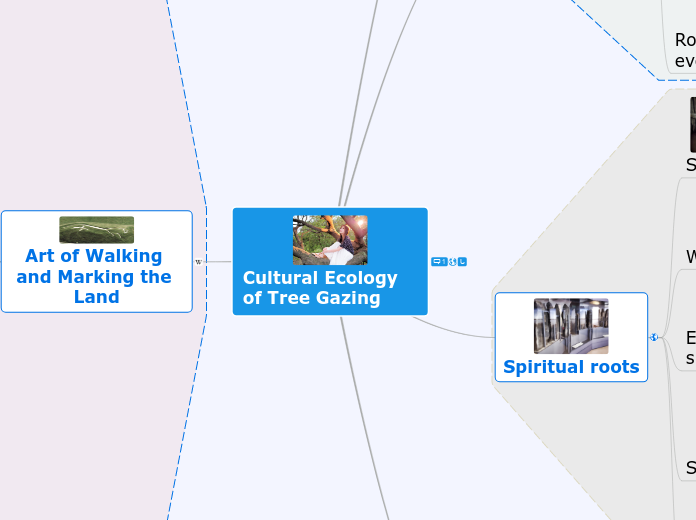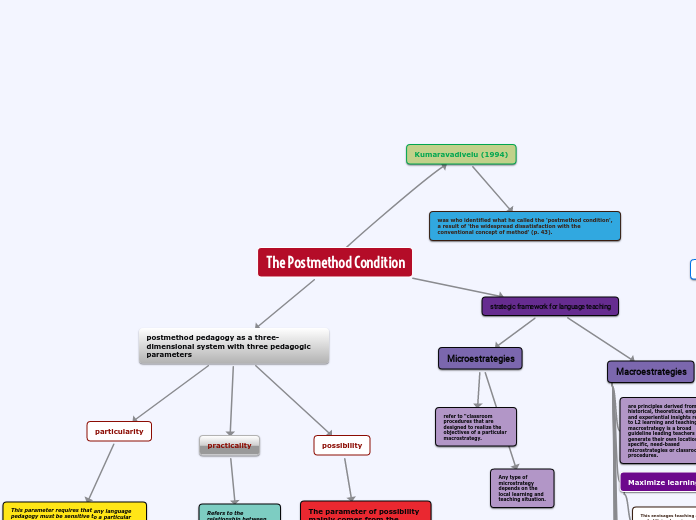Cultural Ecology of Tree Gazing
The picturesque https://docs.google.com/document/d/1xHo_o66gl4mYi_PIgv8cFiBgixrKXZyY6FbXd9AVKm4/edit?usp=sharing
Art of Walking and Marking the Land
Subtopic
The philosophers
Uvedale Price
The Picturesque https://docs.google.com/document/d/1xHo_o66gl4mYi_PIgv8cFiBgixrKXZyY6FbXd9AVKm4/edit?usp=sharing
Vicount Cobham
3rd Earl of Burlington
3rd Earl of Shaftesbury
Timeline of Walkers into Art
The architectural historian Nikolaus Pevsner called the landscape garden Britain's major contribution to the visual arts, and this course aims to explore why and how that came to be so. Beginning in the mid 17th century, when grand gardens were laid out in formal style, the course traces the development of garden style across five centuries. There is special emphasis on the early-18th-century landscape garden, as perhaps the high-point, when politics, art, science, philosophy and gardening intersected in an unprecedented way. Later in the century Capability Brown made the style his own, creating a landscape monopoly across Britain, before Humphry Repton brought back an element of formality in the Regency period. The 19th century witnessed the apogee of the head gardener and the creation of the first public parks, while new plant introductions from China and elsewhere provided new impetus to horticulture.
The 20th century was one of the richest periods in English garden history and will be fully explored here. Gertrude Jekyll pioneered the colour-themed herbaceous border and her partnership with architect Edwin Lutyens created what is often seen as the perfect stylistic union between house and garden. The story is brought right up to date with modules on 20th-century planting theory and contemporary art or sculpture gardens such as Little Sparta.
The Baroque background, 1650-1700
1 The Anglo-Dutch Gardens of the William and Mary period
Vanbrugh and Castle Howard
Charles Bridgeman, a 'transitional designer?
2. Queen Anne and Early Hanoverian Gardens, 1701-13
The rise of Palladianism
Lord Burlington and Chiswick House gardens
3. Whig and Tory landscape gardens, 1710-1730
Alexander Pope at Twickenham
New plants from foreign climes
4. William Kent and the Patriot Opposition, 1730s
Kent's gardens for Princess Caroline
Lord Cobham's political gardening at Stowe
The Jacobite garden
5. Capability Brown
Key works by Brown Brown's contemporaries: Woods, Emes and co
6. Humphry Repton and the Regency
The gardens at the Royal Pavilion, Brighton
Sheringham, Norfolk, as the apogee
7. Victorian gardening J.C.Loudon and the 'gardenesque'
Carpet bedding and the rise of the public park
The impact of new plant introductions
8. Gertrude Jekyll and Arts and Crafts
The partnership between Jekyll and Edwin Lutyens
William Robinson and the wild garden
9. Gardening in the 20th Century Mid-century development of the herbaceous tradition
Colour theory reaches its climax and is superseded by New Perennials in the late 1990s
10. Modern Gardens through the 20th century
The impact (or otherwise) of Modernism Key late-century gardens by Jarman, Jencks, Strong and Finlay
Richard Long
Arthur Machen
Henry David Thoreau
Used alert Price
William Wordsworth
Jean-Jaques Rousseau
The designers
Hamilton Findlay
Robert Smithson
Lancelot Capability Brown
http://www.capabilitybrown.org/sites/default/files/project_files2/english_heritage_research.pdf
Spiral Jetty
Other Developments of the Brownian Style
Piercefield
Some of Brown's Projects
William Kent
William Kent (c. 1685 – 12 April 1748) was an eminent English architect, landscape architect and furniture designer of the early 18th century.
Kent introduced the Palladian style of architecture into England with the villa at Chiswick House, and for originating the 'natural' style of gardening known as the English landscape garden at Chiswick, Stowe House in Buckinghamshire, and Rousham House in Oxfordshire. As a landscape gardener he revolutionised the layout of estates, but had limited knowledge of horticulture.
He complemented his houses and gardens with stately furniture for major buildings including Hampton Court Palace, Chiswick House, Devonshire House and Rousham
Charles Bridgeman
An early proponent of a less-structured garden design, Bridgeman was a pioneer in the landscape style that spread throughout much of Europe in the 18th century and came to be known as the jardin anglais. A contemporary of Bridgeman's, Horace Walpole, describing his colleague's design style in his essay On Modern Gardening, wrote: ‘though he still adhered much to strait walks with high clipt hedges, they were only his great lines; the rest he diversified by wilderness, and with loose groves of oak, though still within surrounding hedges’. Bridgeman’s approach to landscaping can be summarised in three terms: formal, transitional and progressive. His landscapes displayed formal elements such as parterres, avenues, geometrically shaped lakes and pools, and kitchen gardens. Transitional elements in his designs included lawns, amphitheatres, garden buildings and statues, winding paths through wooded areas to viewing points and the use of ha-has – features are some of the progressive ideas he helped bring into favour
Henry Wise
English nurseryman and garden-designer. In c.1687 he joined George London at his Brompton Nursery, becoming his partner by 1694. He carried out works at Hampton Court Palace (1689–92— probably based on designs by Marot), and in 1702 was appointed Royal Gardener to Queen Anne (reigned 1702–14), in which capacity he improved St James's Park with new avenues of limes, and widened the canal. From 1705 to 1716 he worked on the grounds of Blenheim Palace, Oxon., with Vanbrugh, and designed the gardens at Melbourne Hall, Derbys. (1704–6—where the French influence is clear). He employed a Franco-Dutch style incorporating parterres, basins, canals, mazes, and straight avenues, and was still actively working on royal parks and gardens until 1727 when his pupil Bridgeman succeeded him. Switzer was another able pupil, and, like Bridgeman, an early protagonist of the C18 English style of landscape gardening. With London he published The Compleat Gard'ner (1699—an abridged translation of Evelyn's
Land marks
Garden
Parkland
Champion trees
European dimension
Scientific Roots
Grassy Tree Ecosystems
Brownian landscapes
Emparkment
Savanna
A Pedagogy of Trees
Woodworking
Biogeography
Classification
Spiritual roots
Belief systems
Sacred trees
Ecological spirituality
Woodhenge
Seahenge
Cultural Roots
Roots in human evolution
Roots in Landscape Painting
Roots in Village Woodmanship
Twittering About Trees









